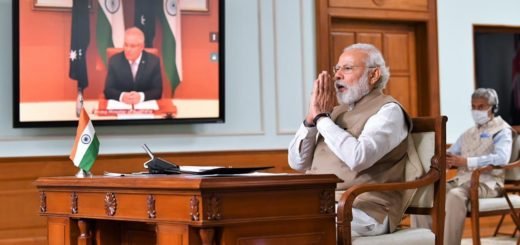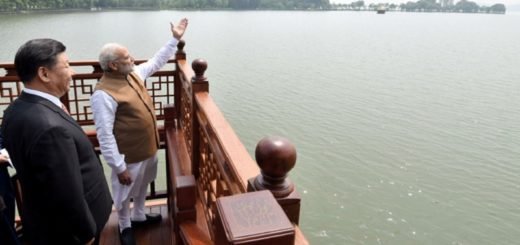US-China Trade War escalates: Will China make it out unscathed?

Image representation: US Dollars vs Chinese Yuan
Following up on the meet between US President Donald Trump and European Commission President Jean-Claude Juncker, an agreement of sorts was made wherein the EU agreed to purchase soybeans and LPG in exchange for the US not going forward with its suggested 20% unilateral tariff on European auto imports for the time being. This ensured a temporary truce to keep the Trans-Atlantic alliance intact without further escalating a trade war.
Said an unnamed source, the EU and the US will discuss trade barriers related to industrial goods, with the exception of cars, and the bringing down of tariffs. They will also plan to remodel the World Trade Organization (WTO) to include China. According to US trade envoy Ambassador Dennis Shea, “China’s disruptive economic model” posed the greatest threat to all other members of the WTO, on grounds the costs Beijing “extracts”, and “the benefits that China receives” are astounding. Ambassador Shea added on the 26th of July that “China’s Communist party runs, directs, and dictates its mercantile trade policy in violation of Beijing’s multilateral trade commitments.” Between 2005 and 2016, China has reaped benefits that included its stunning transformation from being the 5th largest economy to the now-2nd. It also includes a real GDP growth rate of 9.5%. The US was backed by the EU as well as Japan in its consensus against China. The EU also suggested a reform of WTO’s rules to give rise to new industrial subsidies that would tackle the “trade-distorting” practices of the Chinese state-owned companies.
The US decided to further intensify its trade war with China on two separate fronts comprising of restrictions on Chinese companies for attaining advanced western technology companies and forcing new reforms targeted at China at the World Trade Organization. This trade war has led to various factories in China to shift parts of their production lines from the mainland to different destinations like Penang in Northern Malaysia to avoid an excess in their cost of production by bypassing the US imposed tariffs. Beijing was in high hopes that it could form a united trade front with Brussels against Washington DC. This illusion was perhaps caused by Britain earlier leading Germany and France to join the China-led Asian Infrastructure Investment Bank despite the US objecting. However, what China forgot was that no matter what small hiccups come in the relations between these countries, the Western democracy will still share the same core values.
China has been operating on two factors over the last 40 or so years to commence their mammoth economic progress and their subsequent rise as an economy to be revered: the private sector being given an opportunity to thrive whilst the state sector was inefficient and using trade and investment as tools to enter into the global economy. The Chinese followed Deng Xiaoping’s advice and its economic trajectory was caused mainly because of four cycles: the first included mainly, the breaking down of the commune system and granting farmers the rights to their own lands; the second started when urban commercial activities began to flourish; the third unbridled by Deng’s southern tour and the fourth cycle started when China joined the World Trade Organization. The country still owes its growth to the path laid down by Deng. However, his advice on keeping a low profile in international affairs was ignored and the abandoning of political liberalisation has been executed at Beijing’s risk. State-owned enterprises advanced while the private sector withdrew, owing to the Government-led growth model. This undermined one growth sector. Now, the ongoing trade war has started to weaken the other one. This has started to cause both the factors of China’s economic upsurge to waste away, posing as a great threat to this gigantic economy.
Read: A double-edged sword: China and Pakistan link up with fibre optic cable
Further complications will arise if the United States, the European Union and Japan form a new kind of free-trade deal. Since China is already facing an extreme slowdown of economic progress, this deal will set it back another couple of steps and it will become more difficult to stimulate growth again. China misunderstood the implementing of tariffs by Donald Trump as a ploy ahead of the US’s midterm elections but a report by the National Defence Strategy made it clear that Washington would no longer be tolerating Beijing’s trade and economic practices. Dwindling of foreign trade could hurt China’s economy at a much deeper level than expected and might even push China into a middle-income trap – a concept first put forward by the World Bank in 2006 to describe a situation where a middle-income economy stagnates and is unable to generate further economic momentum.
The common Chinese people definitely don’t deserve to go through this middle-income trap, but unless their Government bucks up and finds a full-proof solution, this passage would be inevitable.
*Neha Hardikar is a Research Intern at The Kootneeti
**She wrote this article originally for Modern Diplomacy


















